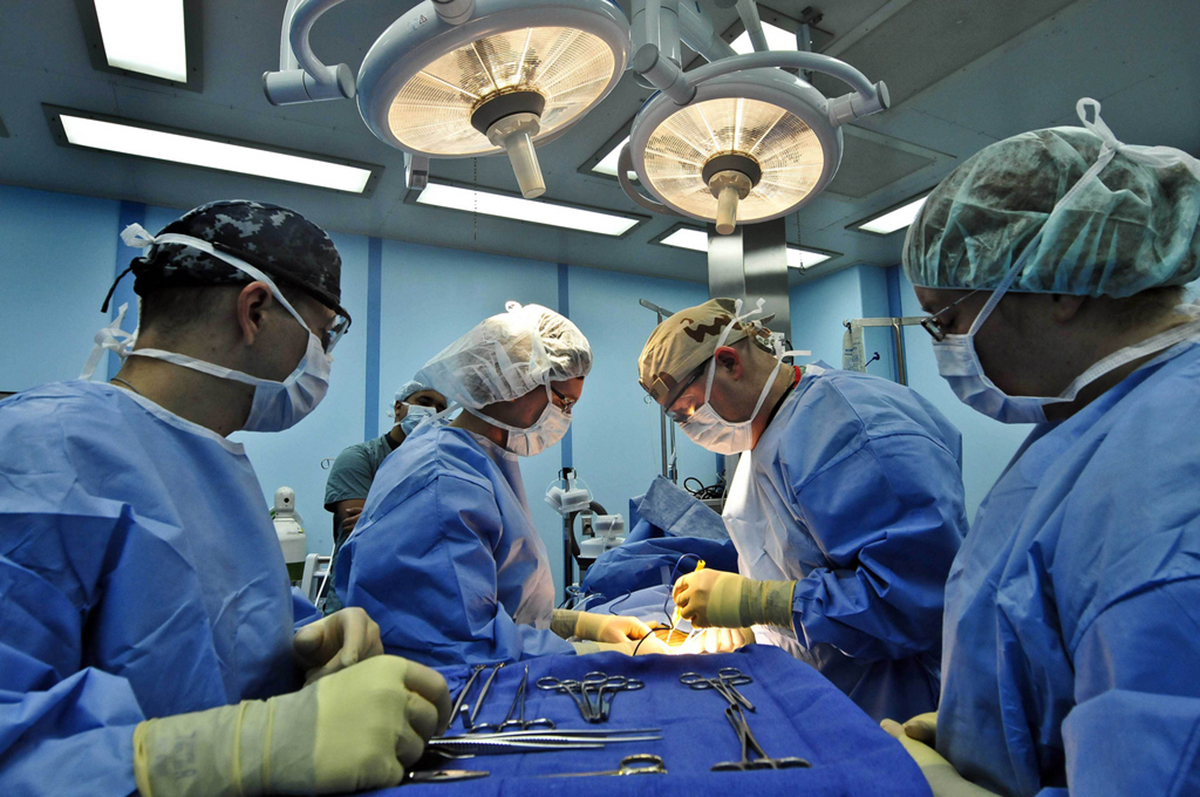What is an EndoBarrier and what it has to do with diabetes medication? This is a question that would rise in the minds of people who have not heard about this long, flexible, tube-like device lately being used in the treatment of obese and diabetic patients. This device is placed in the small intestine to prevent the mixing of food particles with digestive enzymes. Very soon EndoBarrier is expected to substitute the bariatric surgery, the weight reduction procedure that is currently relied upon by doctors to treat morbid or severe obesity.

Obesity and diabetes are closely linked
Obesity, the excessive accumulation of fat in the body, is a risk to health in many ways.
These diseases are the major causes of deaths worldwide and hence prevention and treatment of obesity has an important role in preventing these conditions.
Obese people are at a significantly higher risk of developing type-2 diabetes mellitus compared to normal population. While type-1 diabetes mellitus is a consequence of insufficient insulin production, type-2 diabetes occurs due to the body’s resistance to insulin. Obesity plays its part in the development of insulin resistance. Endocrine, inflammatory and neuronal pathways are proposed to be involved in this obesity-induced insulin resistance. Treatment of obesity aims primary to address this issue and its consequence – the high blood sugar level.
Bariatric surgery controls obesity and keep in check diabetes mellitus
Controlling obesity is not as easy as it is said. Weight reduction measures like diet control, physical exercise, avoiding sedentary life style etc., need strict adherence while anti-obesity drugs do not always provide much expected long term benefits. In serious cases, the best method to achieve the desirable effects in weight reduction is by surgery.
Studies show encouraging results regarding bariatric surgery. This procedure involves surgical reduction of the size of stomach and removal of upper parts of small intestine. In addition to the weight reduction, improvement in type-2 diabetes is also seen in obese diabetic patients who have undergone this surgery.
Apart from this, there are strong evidences showing improvement or complete remission of the other co-morbid conditions like hypertension and high cholesterol level that are associated with obesity. In fact, studies show that bariatric surgery has a primary independent effect in controlling type-2 diabetes mellitus rather than the effect secondary to weight reduction. These findings support the importance of performing this surgery in morbidly obese patients especially those with diabetes.
See Also: FDA Approves Invokana, A Drug To Treat Type 2 Diabetes
EndoBarrier is less invasive compared to bariatric surgery
Though various studies show evidence that bariatric surgery is a better solution when compared to medical treatments for morbid obesity, the procedure is not free of disadvantages. Being a type of bypass surgery, it has side effects like leakage from the site of anastomosis (connection between the two cut-ends of gastrointestinal tract), bleeding, infection, malabsorption (especially iron deficiency) and many others. A small number of people may also need additional surgery.
Hence appears the necessity for a procedure that can overcome these disadvantages of bariatric surgery and promise to offer advantages like weight loss, diabetes control and heart disease prevention in a less invasive manner.
EndoBarrier Is A Non-Surgical, Reversible And Relatively Easy Approach
Scientists say that the ‘EndoBarrier Gastrointestinal Liner’ or the ‘Duodenojejunal Bypass Sleeve’ (DJBS) represents a good alternative to bariatric surgery. This is a minimally invasive procedure which avoids surgical incisions. It is also a reversible procedure which means that the device can be removed when and where needed. This procedure targets duodenum (upper part of small intestine) and prevents the contact of food with the digestive enzymes in the duodenum. A major share of calorie absorption occurs in this part of the small intestine. When a physical barrier is placed in this part, it interferes with the nutrients absorption. This markedly reduces the blood glucose level. Studies have proved that implantation of the impermeable sleeve in the duodenum causes a significant reduction in glycated hemoglobin (HbA1c), the most sensitive marker of a patient’s blood glucose level and a hallmark of diabetes.

How does the EndoBarrier work?
This gastrointestinal liner is a tube with open ends. It is y placed in the duodenum with a help of special device, endoscope. Small spikes on the outer wall of this tube grasp the intestinal wall and anchor the device to the intestine. Food passes through the stomach into the duodenum, enters this tube, passes mostly undigested through it, and reaches the jejunum, the second part of small intestine. The digestive enzymes that are secreted into the intestine flow down between the intestinal wall and the tube. The food is eventually acted upon by the digestive enzymes when they reach the jejunum. The device can be placed through the mouth and it can be endoscopically removed when needed.
Studies suggest the EndoBarrier can improve glycemic control, marked by reductions in HbA1c levels, indicating better long-term blood sugar management. Some patients have even reduced or discontinued diabetes medications.
Studies also show rapid reduction in blood sugar levels with no significant change in insulin levels, supporting the fact that EndoBarrier improves insulin sensitivity.
See Also: Dietary Treatment Of Type 2 Diabetes Mellitus - Effectiveness Of Nuts
The device is already in use in Europe, Australia and South America for treatment of obese type-2 diabetes patients and it is currently under trial in the United States. So far, studies have given promising results in reducing weight, diabetes remission and reducing risk of heart diseases with a few adverse effects like nausea, vomiting and abdominal pain.
Like all medical interventions, the EndoBarrier has potential side effects and risks. Some individuals have experienced gastrointestinal symptoms, such as nausea, vomiting, or abdominal pain. There have also been reports of device migration, malnutrition, and liver abscesses.
The EndoBarrier is typically designed for temporary placement (up to 12 months) and then removed. It's not a permanent solution, and researchers are still studying the long-term effects and benefits of the device.
- Buchwald, H. et al. (2004) Bariatric surgery: A systematic review and meta-analysis. JAMA 292(14), p.1724-1737
- Rubino, F. & Gagner, M. (2002) Potential of surgery for curing Type-2 Diabetes Mellitus. Annals of Surgery 236(5), p. 554-559
- Gloy, V. L. et al. (2013) Bariatric surgery versus non-surgical treatment for obesity: a systematic review and meta-analysis of randomised controlled trials. British Medical Journal 347(10), f5934
- de Moura, E. G. et al. (2012) Metabolic improvements in obese type 2 diabetes subjects implanted for 1 year with an endoscopically deployed duodenal-jejunal bypass liner. Diabetes Technology & Therapeutics 14(2), p. 183-189
- Rohde, U. et al. (2013) Effect of the EndoBarrier Gastrointestinal Liner on obesity and type 2 diabetes: protocol for systematic review and meta-analysis of clinical studies. BMJ Open 3(9), E003417
- de Jonge, C. et al. (2013) Endoscopic Duodenal - jejunal bypass liner rapidly improves type 2 diabetes. Obesity surgery 23 (9), p. 1354-1360.
- Photo courtesy of Official U.S. Navy Page by Flickr : www.flickr.com/photos/usnavy/7773528446
- Photo courtesy of Alden Chadwick by Flickr : www.flickr.com/photos/aldenchadwick/8997951101


Your thoughts on this